MedievalReporter.com
Covering history's most marvelous millennium
Join our newsletter!

Covering history's most marvelous millennium
Covering history's most marvelous millennium
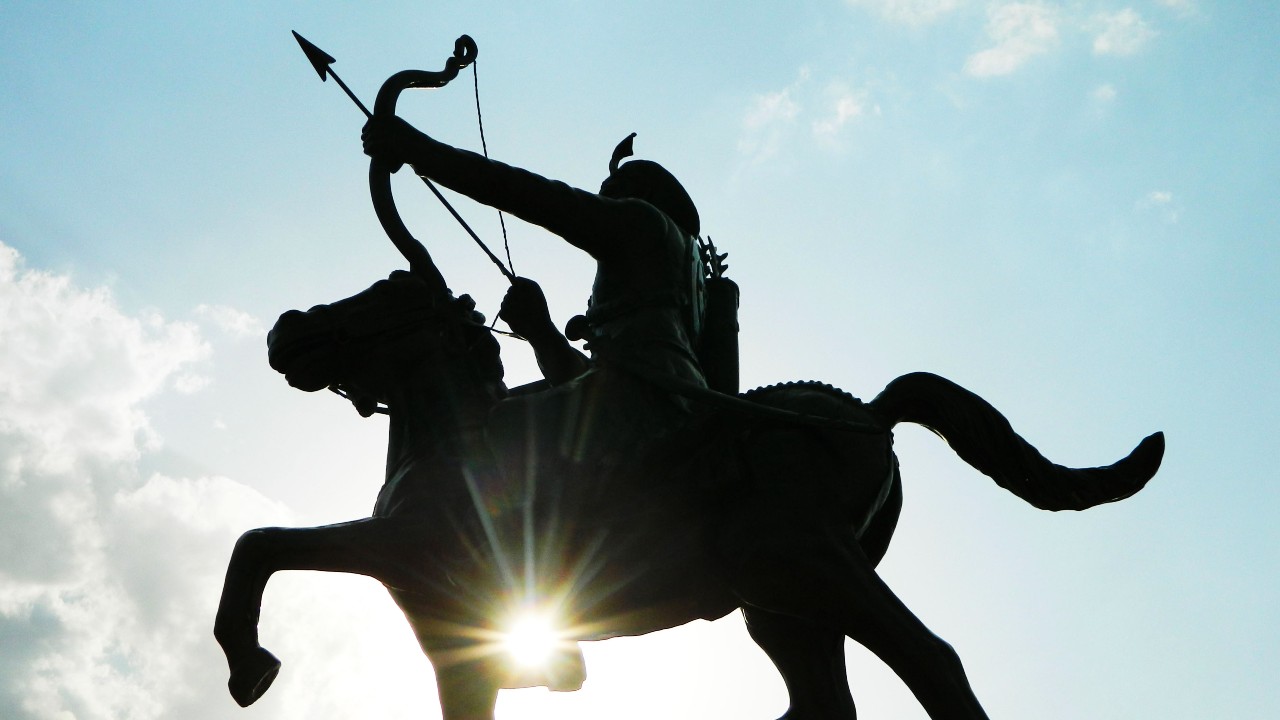
The attack was surely coming. The same enemy had raided the realm when his father reigned. Rash and ambitious, the newly crowned 12-year old wanted to march out and deter the invaders. But his advisors counseled caution. An untimely death of the young king would put the line of succession in jeopardy – and thus the kingdom.
Prithviraj was the name of the youthful ruler and he reigned over several large regions in current-day northwestern India. During the late 12th century, the area came under increasingly potent attacks from muslim Afghanistan and Persia. Around the time when Prithviraj ascended to the throne at age 11, a powerful sultan invaded the Indian subcontinent from the northwest.
Heated discussions on how to respond filled Prithviraj’s throne room, but his counselors were ultimately right. The invading army targeted another Indian kingdom to the south and was soundly beaten. Even Islamic sources admit that it was a “great slaughter”.
Crisis averted. The reign of young Prithviraj would see the light of day. But in the valleys of Afghanistan, the defeated sultan brooded over revenge.
Grab a short intro to the Indian subcontinent from our Medieval Guidebook.
Islam had tried to invade India before. During the 8th century CE, the newly-formed Caliphate had conquered Sindh and Punjab, provinces of present-day Pakistan. But rebellions in eastern Persia and war with the Chinese emperor diverted the caliph’s resources away from the Indian subcontinent.
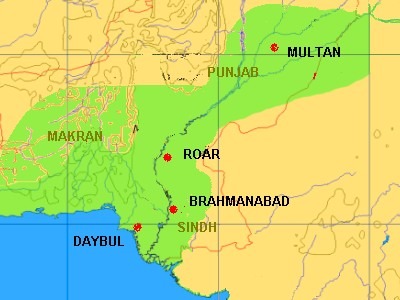
As a result, these provinces became independent in all but name. Around the year 1000, an Afghan warlord exploited these divisions and built a great empire that stretched from Tehran to Lahore, the capital of Punjab. His successors controlled most of this area for nearly 200 years.
However, Turkic invasions from Inner Asia gradually destabilized the Afghan empire. Envious vassals tried to make the most of this imperial crisis. One such faction – the Ghurids, hailing from Ghor, Afghanistan – wrestled themselves free and founded their own Ghurid Sultanate.
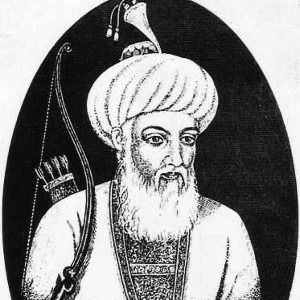
Under their ambitious leader Muhammad of Ghor, the Ghurids turned their attention to India. It was this Muhammad that was seemingly barreling down on Prithviraj’s kingdom when he was 12 years old. Then utterly defeated by the Indians, sultan Muhammad carefully plotted his next invasion attempt during the following years.
It has often been said that Afghanistan is the “graveyard of empires”. Muhammad of Ghor was determined to turn it into a birthing ground of empires, too. Under his rule, the Ghurid Sultanate would conquer India or it would die trying.
– advertisement –
– article continues below –
But, with the muslim threat abated for now, Prithviraj spent his early reign warring against fellow Indians.
Yes, there was an ongoing epochal struggle between hindu princes and muslim generals. And yes, his kingdom was the frontier zone in this centuries-long confrontation. However, with no interest in expanding west, Prithviraj instead aimed to annex several Indian kingdoms to the east.
These feuds could be vicious. After conquering one fort with a large force of camels, elephants and lots of infantry, Prithviraj made a garland of the defeated soldiers’ heads and hung it over a city gate. Not all his campaigns were so blood-soaked, though: other principalities he subjugated by force of diplomacy.
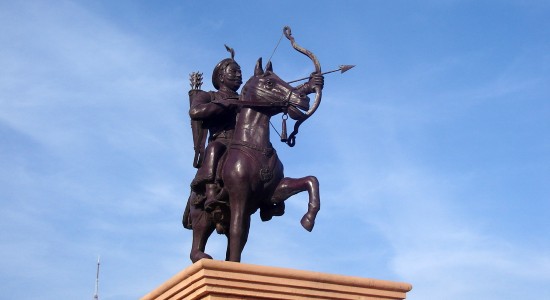
A great many stories gained traction during this period concerning Prithviraj’s love life. He was said to have snuck into several rival capitals to elope with his competitors’ daughters, with who he allegedly had become infatuated. Great stories aside, most of these tales have by now been accused of being fabricated.
Whilst Prithviraj’s implausible adventures spread from village to village, they did highlight one underlying fact. The young prince was completely preoccupied with wheeling and dealing with the neighboring Indian kingdoms. He paid little attention to the muslim west.
For a king that was in position to keep closed the “door to India”, Prithviraj was making awkwardly little preparations for withstanding an opponent as stubborn and implacable as Muhammad of Ghor – who soon came knocking again at said door.
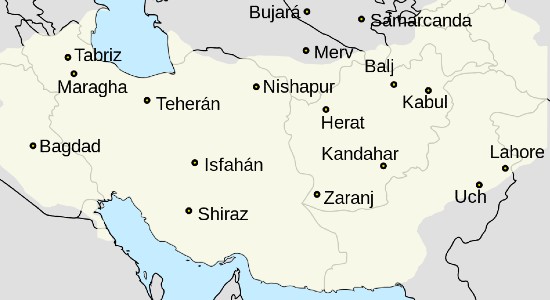
The Ghurid sultan had spent the decade after his defeat rebuilding his forces. By now, he had conquered Sindh and Punjab, his sultanate now covering most of modern Pakistan and Afghanistan. For the moment, Muhammad of Ghor and Prithviraj were officially neighbors.
Feeling ready to make another concerted effort to subjugate the subcontinent, Muhammad crossed into India proper in 1191. Prithviraj, having spent his reign so far bringing Indian princes to heel, now reaped his rewards. He called upon his banners and gathered a mighty army.
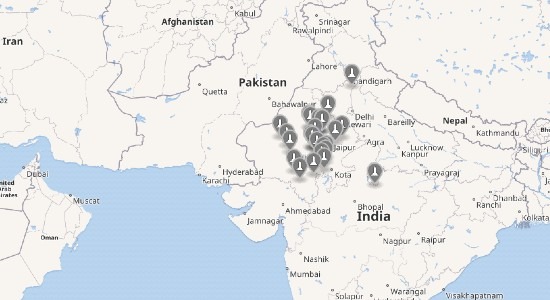
Sultan Muhammad gave battle near a town called Tarain in northern India. The Ghurids opened with an enormous barrage of arrows, fired by their many cavalry and camel archers. Prithviraj’s soldiers endured it as best they could, then went for a counter-attack.
Greatly outnumbering the Ghurid army, the Indians were able to press in from three different angles and cornered the muslim host. Muhammad of Ghor felt the battle slipping out of his control. He spurred his horse and charged straight for the Indian commander-in-chief, the governor of Delhi – one of Prithviraj’s vassals.
At full gallop, the sultan struck him in the mouth with a lance and broke all the governor’s teeth. But the Indian general retaliated with a javelin and hit and injured Muhammad’s arm. Wounded and defeated, the sultan had to give way and retreated west once more.
Again practicing caution, Prithviraj did not pursue the fleeing muslim army, for fear of misjudging the sultan’s ambitions. The Indian king was not interested in unleashing an all-out war with the muslim world and sought to avoid provoking the Ghurids. This proved to be a costly error, as Muhammad turned out to be relentlessly interested in conquering India.
The sultan went back to his power base in Afghanistan and supposedly recruited over 100,000 Turkic and Tajik horsemen. Within the year, Muhammad was back in Punjab with the largest army he had ever commanded and again crossed over into India. Prithviraj, who had not expected the Ghurids to be back so soon, sought a truce.
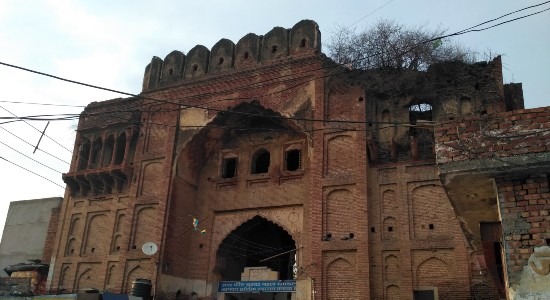
Wary of another defeat, the twice-thwarted sultan agreed – for now. The two armies encamped near Tarain once more to deliberate on further terms. This gave Muhammad of Ghor time to work out an ingenious plan.
One night, he gave a couple of soldiers orders to keep the fires lit to give the impression the Ghurids were still adhering to the truce. But in reality, Muhammad moved his army under the cover of night to another spot nearby. He then sent forward his mounted archer units, once again numbering in the tens of thousands, whilst keeping his main force in reserve.
At dawn, the Ghurids archers attacked the awakening Indian camp and made many casualties. After the initial moments of chaos and confusion, Prithviraj restored some semblance of order and a brief fight with the ambushers ensued. The archers soon gave way and lured the Indians toward their Ghurid brothers-in-arms, who lay in wait to destroy Prithviraj’s haphazard attempt at pursuit.
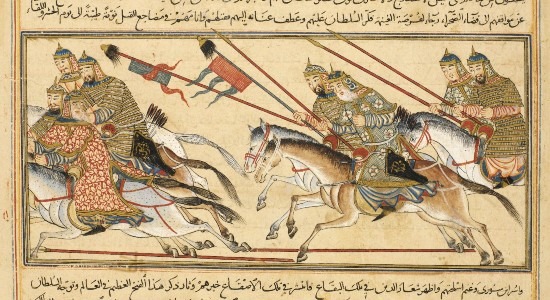
Nothing short of a debacle ensued for the Indian army. They made contact with Muhammad’s fresh reserve force. The well-organized Ghurids exploited the disarray in Prithviraj’s ranks and overwhelmed them.
Realizing that the cunning sultan had finally beaten him, the Indian king fled the field. He was ruthlessly pursued by Ghurid horsemen and taken prisoner. Sultan Muhammad then marched on to Prithviraj’s capital, enslaved parts of the population and destroyed most hindu temples.

Seriously interested in conquering all of India, Muhammad realized he needed the support of the local population. Signaling that he was here to stay and not just on a raid that got out of hand, he tried to reinstate the defeated Prithviraj as an official vassal. But, unwilling to live under muslim rule, the Indian prince soon rebelled.
He failed to gather enough troops for his resistance movement, however. Prithviraj was captured once again and killed for treason. India’s gatekeeper had fallen.
The Ghurid invasion of India turned out to have monumental consequences. Already in 1194, muslim armies captured Delhi. By the end of the century, they raided as far east as Bengal.
– advertisement –
– article continues below –
When Prithviraj ascended to the throne as a boy, the Indians had withstood Islamic annexation attempts for nearly 500 years. Sindh and Punjab had come under mostly muslim control during the early days of the Caliphate. But several other kingdoms kept the gate to India proper firmly closed.
Although the empires growing out of Afghanistan became more of a menace from the year 1000 onward, Prithviraj and his advisors had no reason to assume that things would be different under his reign. That is to say, they made their calculations with omittance of the wit, determination and tenacity of the new ruler of Ghor – sultan Muhammad. He eventually founded the first Islamic empire that included large parts of India, ranging from modern-day Iran to Bangladesh.
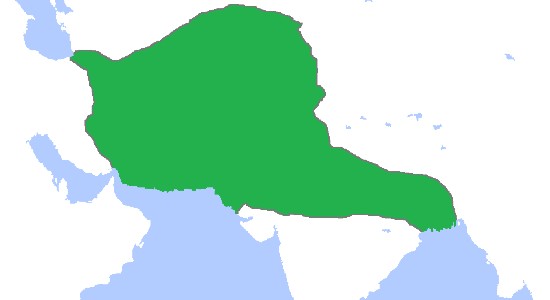
In our day and age, the Ghurid Sultanate is not that well-known because it’s overshadowed by its immediate and world-famous successor: the Delhi Sultanate.
As it happened, Muhammad of Ghor was the last sultan of the Ghurids. In 1206, the Sunni sultan was assassinated during evening prayer – perhaps by radical Shi’ites. In the aftermath, his most famous general came to power and set himself up in Delhi as sultan.
Thus the first dynasty of the Delhi Sultanate began. Its rulers would bring most of India under muslim rule in the following centuries. Consequently, if prince Prithviraj had been successful against the Ghurids, the Late Middle Ages might have looked very different for the Indians.
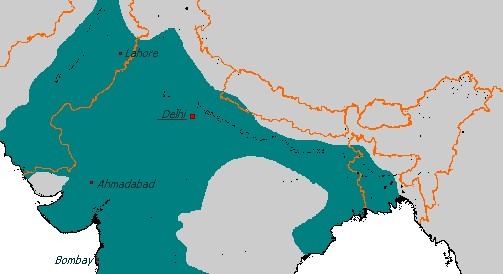
Disclosure: we work hard to provide you with exclusive medieval reports and guides. To make the Middle Ages accessible to everybody, we’d like this information to remain FREE. Therefore, some of the links below are affiliate links, meaning – at no additional cost to you – we will earn a small compensation if you click through.
Featured Image Credit: Ameya Clicks (Wikipedia)
Comments are closed.
The loading speed is amazing. In addition, The contents are masterwork.
Thank you so much, Felico! We do try to optimize for both, after all. 😀
It’s hard to find well-informed people in this particular subject, however, you sound like you know what you’re talking about! Thanks
Thanks a lot, Augusta!
I have read some just right stuff here. Definitely worth bookmarking for revisiting.
I surprise how much attempt you place to make such a magnificent informative site.
Thanks for the kind words, Lara! I’m glad you liked what we had on offer for you today. 🙂